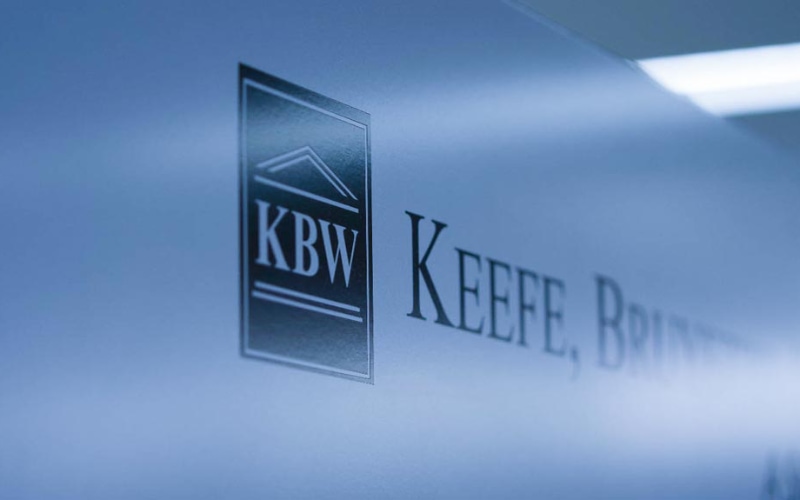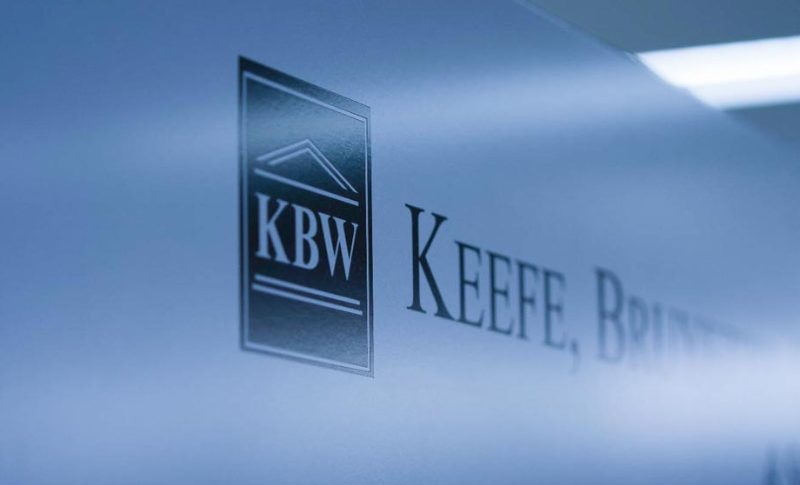KBW, an investment bank focused on insurance and reinsurance markets, has provided a detailed outlook on the upcoming June 1, 2025, reinsurance renewals, along with projections for the January 1, 2026 renewal season.
 According to KBW’s recent discussions with top industry executives during their Bermuda tour, property catastrophe excess-of-loss reinsurance rates are expected to decline by about 10% at the June renewals, marking a shift toward a softer market compared to recent years of firm pricing.
According to KBW’s recent discussions with top industry executives during their Bermuda tour, property catastrophe excess-of-loss reinsurance rates are expected to decline by about 10% at the June renewals, marking a shift toward a softer market compared to recent years of firm pricing.
Most of the reinsurance deals for June 1 have already been finalised, with roughly 60 to 70 percent placed under terms that industry leaders believe will largely hold steady rather than decline further in the weeks leading to renewal.
While some reinsurers reported flat pricing in their first-quarter 2025 earnings calls, the general consensus remains that the market is still delivering strong returns, with mid-teen returns on equity expected for the third straight year despite early 2025 wildfire losses in California.
One executive described the environment as a “softening hard market,” reflecting a cautious but positive outlook, with reinsurers keen to defend their market shares at these renewals.
Pricing varies significantly across the reinsurance layers. Lower layers—many impacted by Hurricane Milton and sitting below the Florida Hurricane Catastrophe Fund (FHCF)—are expected to see relatively flat rates.
However, for layers above the FHCF, where risk is less loss-affected and pricing generally runs lower, rate reductions of 10% to 20% are anticipated, with the steepest declines at the highest layers.
The FHCF’s increased retention has encouraged cedents to seek more coverage in the lower layers, which are experiencing less pricing pressure. Executives also expressed optimism about the impact of recent Florida tort reforms, which could help support pricing and demand.
Demand for reinsurance continues to grow alongside available capacity. Factors driving increased demand include new Florida-specialist reinsurers entering the market, a significant transfer of homeowners policies from Citizens to private insurers, the FHCF’s higher retention levels, and rising total insured values fuelled by inflation, population movements, coastal development, and tariffs.
Looking ahead to January 1, 2026, KBW’s conversations reveal expectations for continued rate declines ranging from 5% to 15%, provided no other major catastrophe strikes in 2025.
The current reinsurance capital base, estimated at roughly $600 billion with an expected 15% return, suggests around $90 billion of additional capacity. Without a significant loss event on the scale of Hurricane Andrew (inflation-adjusted), it is unlikely that rates will increase, according to analysts.
However, some executives warn that persistent double-digit rate declines could trigger capital withdrawals in the coming renewal cycle.
Significantly, most executives agree that the market is unlikely to return to the ultra-low pricing levels seen during 2016 and 2017, when expected returns ranged from just 6% to 8%.
One prominent industry voice described a long-term target return range of 9% to 12% as a sustainable standard for the reinsurance sector.
This executive expects the market to reach those levels after several more years of moderate rate declines, noting that current pricing remains roughly double the cost of comparable risks in 2016 and 2017.
Another trend highlighted by KBW is the renewed presence of aggregate covers in the market. For example, Zurich recently purchased an aggregate cover effective April 1 with a net retention of $850 million.
Going forward, aggregate covers are expected to concentrate more on second- and third-peril risks rather than the broader full-event and geographic protections that were popular before 2023. Market discipline appears strong, with cedents showing preference for multi-peril, frequency-based protection that includes meaningful net retentions.
Rate decreases are anticipated to continue through early 2026, but with solid demand and disciplined underwriting, the industry is well-positioned to sustain attractive returns and pricing stability over the coming years, without reverting to the unsustainably low pricing of the mid-2010s.
The post Property cat rates expected to fall ~10% at June 1 but market dynamics still favourable: KBW appeared first on ReinsuranceNe.ws.

